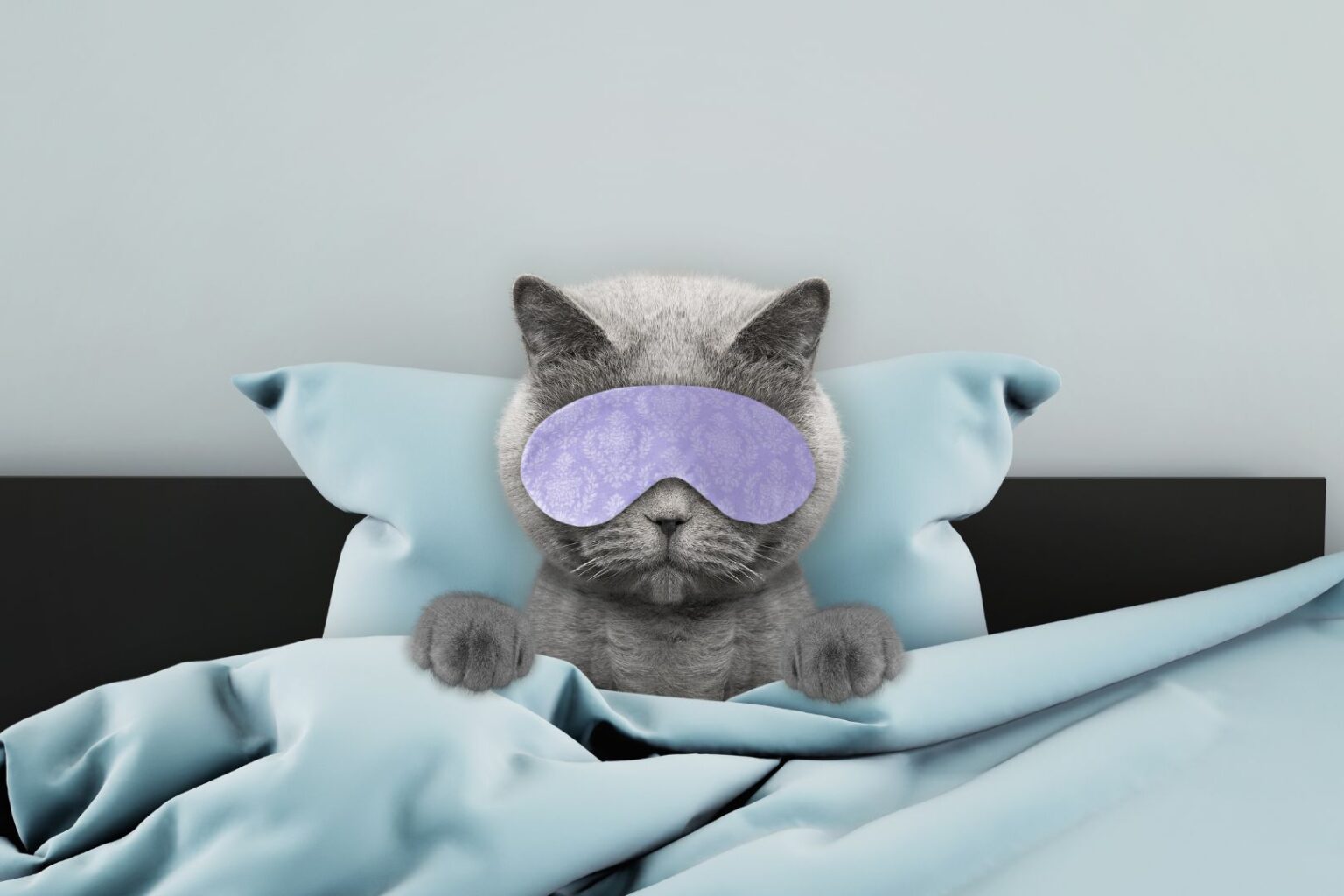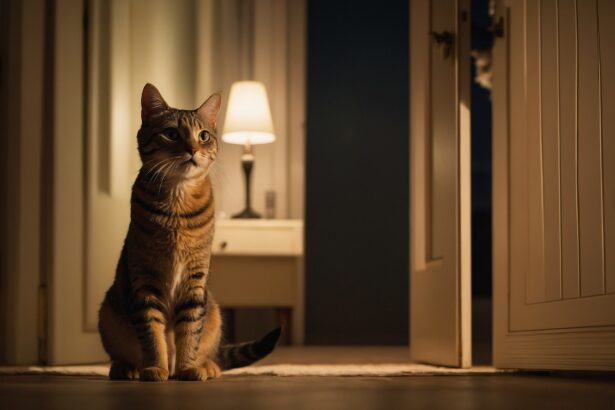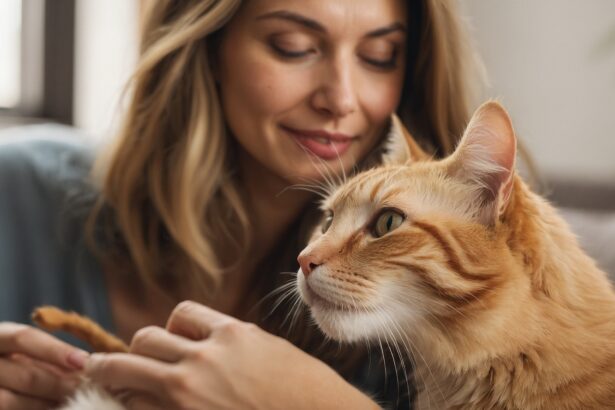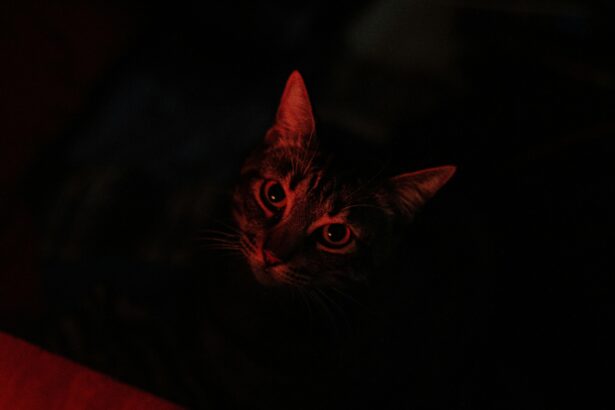Why do cats sleep so much?
If your cat seems to run a small company called Naps Inc., you’re not wrong. Most healthy adult cats sleep 12–16 hours a day, with short bursts of activity before dawn and at dusk. Why? They’re crepuscular by nature: in the wild, this timing made hunting easier and safer.
- Why do cats sleep so much?
- The cat sleep cycle: light dozing to deep dreaming
- Set up a soothing sleep environment
- Choosing the right cat bed
- Can the environment shorten or disrupt sleep?
- Identifying and handling sleep problems
- Surprising (but true) sleep tidbits
- The role of sleep in your cat’s wellbeing
- FAQ
Age matters, too. A playful kitten can snooze up to 20 hours, while senior cats often rest longer to recharge. Health, weather, diet and daily stimulation can also nudge sleep time up or down.
Curious about deeper reasons behind those long siestas? Explore more ideas on why cats sleep so much and what it means for your routine.
The cat sleep cycle: light dozing to deep dreaming
Cats cycle between lighter dozing and deeper, restorative sleep many times a day. During light sleep, you might see ear twitches, whisker flicks, or eyelids fluttering—always on alert, just in case the snack cupboard opens.
In deeper sleep, the body fully relaxes to restore energy. Little paws may paddle and whiskers dance—yes, cats do dream. Those quick naps and deeper phases are shorter than ours, but they add up to impressive total rest.
Wondering why your cat prefers your pillow at 3 a.m.? Here’s a friendly take on why some cats sleep with us—comfort, warmth, and bonding all play a part.
Set up a soothing sleep environment
Sleep quality improves in a calm, predictable space. Keep your cat’s main nap zone away from loud TVs, rattling appliances, or busy hallways. Dim evenings and cozy mornings help them settle.
Temperature matters. Most cats love warmth and safe elevation. An indoor cat tree offers height, privacy and security—perfect for undisturbed siestas.
If you share the bed, make it intentional. These sleeping positions with your cat can keep both of you comfy—and reduce midnight paw-in-the-face moments.
Choosing the right cat bed
There’s no one-size-fits-all bed. Think personality: does your cat sprawl like a starfish or curl up like a cinnamon roll? Open, donut-style beds suit loungers; igloo or cave beds comfort shy souls; a soft mat near a sunny window works for daydreamers.
- Comfort first: soft, warm, and supportive.
- Size: big enough to stretch, snug enough to feel safe.
- Easy care: washable covers = better hygiene and more use.
Placement is half the magic. Put beds where your cat already naps (window sills, sofas, or your favorite chair—sorry). Rotate options seasonally to follow the sunshine.
Pro tip you’ll love
Create a “sun tracker.” Keep a lightweight, machine-washable throw your cat adores and move it to each sunny patch throughout the day. It satisfies their warmth instinct and gently guides them to approved nap spots.
A common mistake to avoid
Don’t place the bed next to the litter box or food bowls. Strong smells and foot traffic can deter use. Beds near noisy appliances or doorways also invite restless, low-quality sleep. Keep nap zones calm, clean and draft-free.
Can the environment shorten or disrupt sleep?
Stress, sudden changes (new furniture, guests, renovations) or boredom can disrupt feline sleep patterns. Offer vertical space, predictable routines, and daily play to drain energy before bed.
- Pre-bed play: 10–15 minutes of feather wand or chase games.
- Feed after play: mimics “hunt, eat, groom, sleep.”
- Rituals: gentle grooming or quiet cuddles signal wind-down time.
If your cat seems unusually lethargic, hides, or sleeps all day without interest in play or food, read this guide on a cat who’s constantly asleep and won’t come out—then call your vet.
Identifying and handling sleep problems
Flag changes that persist for more than a few days:
- Sudden increase or decrease in sleep time
- Restlessness at night, loud vocalizations, pacing
- Snoring with breathing difficulty, or new noises
- Behavior shifts: irritability, hiding, loss of appetite
Possible causes include pain, stress, parasites, environmental changes, and medical conditions. When in doubt, your veterinarian is your best ally. Browse our overview of cat health problems for helpful pointers before your appointment.
Is nighttime chatter the main issue? Here’s how to decode why cats meow at night and what you can do to restore peace.
Surprising (but true) sleep tidbits
- Cats are polyphasic sleepers: they prefer many short naps to a single long stretch, so all those mini-dozes are normal.
- Dreaming is real: twitchy whiskers and paddling paws suggest your feline is replaying their “hunt” in dreamland.
- Habit is queen: once your cat claims a nap spot, consistency keeps her sleeping soundly—rearrange less, snooze more.
The role of sleep in your cat’s wellbeing
Good sleep supports immunity, mood and learning—yes, even mastering new tricks and routines. That’s why a calm environment and cozy bed are more than cute extras; they’re part of your cat’s health.
Want a fuller picture of nap habits and bonds? This gentle read on why cats sleep on us explains the trust behind those warm cuddles.
Quick checklist for better feline sleep
- Quiet, warm, elevated resting spots
- Daily play, then a small meal
- Multiple bed options and a clean, washable favorite
- Predictable evening routine and dim lights
FAQ
How many hours do cats sleep per day?
Most adult cats sleep 12–16 hours daily. Kittens and seniors often sleep even longer. Watch for sudden changes—if something feels off, call your vet.
Do cats sleep at night or during the day?
Both. Cats are crepuscular, most active at dawn and dusk. With steady routines and evening play, many will sleep better alongside you at night.
What’s the best place to put a cat bed?
Choose a warm, quiet corner away from the litter box, food bowls and heavy foot traffic. Elevated options, like a perch or cat tree, boost security and sleep quality.
When should I worry about my cat’s sleep?
See a vet if your cat seems unusually lethargic, restless at night, or changes patterns for several days. This guided list of common health issues can help you prepare.







